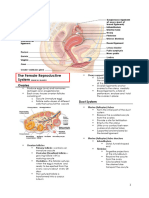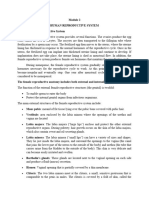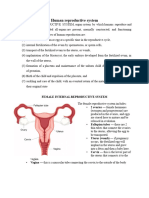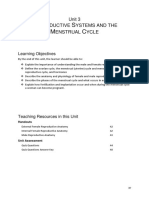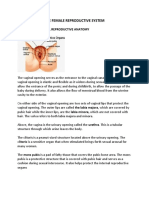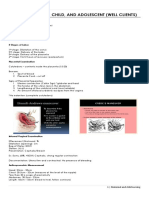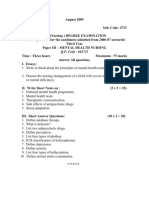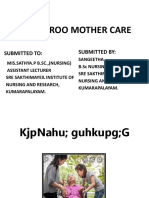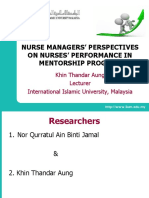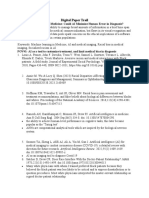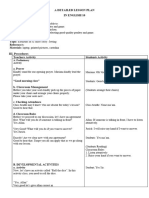0% found this document useful (0 votes)
12 views31 pagesFemale Reproductive System: 9/29/2025 1 Mr. N. DEEPAN, M.Pharmacy
Uploaded by
TAMILAN XEROX VtmCopyright
© © All Rights Reserved
We take content rights seriously. If you suspect this is your content, claim it here.
Available Formats
Download as PDF, TXT or read online on Scribd
0% found this document useful (0 votes)
12 views31 pagesFemale Reproductive System: 9/29/2025 1 Mr. N. DEEPAN, M.Pharmacy
Uploaded by
TAMILAN XEROX VtmCopyright
© © All Rights Reserved
We take content rights seriously. If you suspect this is your content, claim it here.
Available Formats
Download as PDF, TXT or read online on Scribd
/ 31





